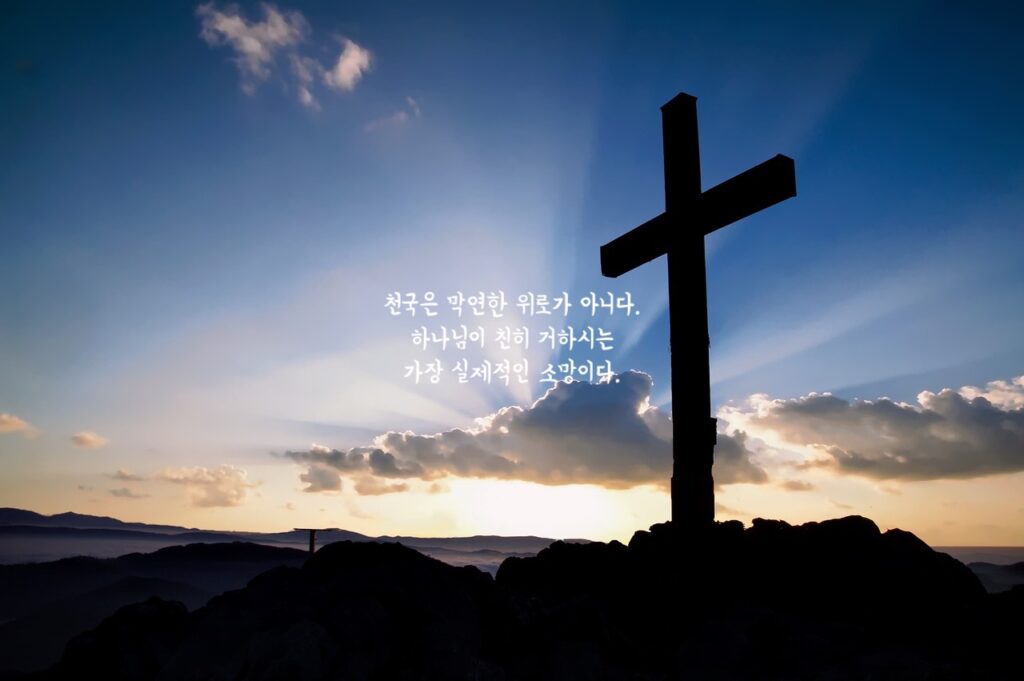When tracing the roots of modern Christian education, we are led back not to a system of religious training, but to the community-based, Scripture-centered educational structure of ancient Israel. In the Bible, Scripture is not merely a record of God’s will—it is an intergenerational curriculum, a divine mandate to learn, memorize, teach, and live the Word as a way of communal life. The people of Israel institutionalized this process as a national commitment, integrating family, synagogue, festivals, and oral tradition into a lifestyle shaped entirely by Scripture. Far from being an ancient form of religious education, this system functioned as a strategy for preserving identity and sustaining faith across generations.
The Law Was Meant to Be Remembered and Taught
In ancient Israel, education was not about transferring knowledge but about practicing faith to preserve the covenant with God. Deuteronomy 6 captures this clearly: “Impress these commandments on your children. Talk about them when you sit at home and when you walk along the road, when you lie down and when you get up.” This made education the heartbeat of daily life and a parental duty essential for the survival of the nation. The Law was not a specialized field for priests or scholars—it was life instruction meant to be memorized and lived by every Israelite.
Education Began at Home—The Father as Torah Teacher
Jewish education began in the home, with the father acting as the child’s first spiritual teacher. This was not just a cultural expectation but a divine command. During the wilderness journey after the Exodus, God commanded parents to teach His Word directly to their children. Homes featured mezuzahs—small boxes containing Scripture—on doorposts, and the daily recitation and explanation of the Torah was woven into family life. It was more than religious formation; it was a process of raising children as God’s people.
The Jewish people preserved their faith through this home-based education. The warning in Judges—that the generation after Joshua did not know the Lord—stands as a sober reminder of what happens when spiritual education fails. In response, Israelite parents faithfully recited the Torah, had children memorize it, and retold stories of God’s faithfulness, embedding them into their children’s moral and spiritual imagination.
Synagogues and Torah Schools—The Rise of Community-Based Public Education
After the Babylonian exile, Jewish society reorganized around the synagogue, which became not only a place of worship but the new hub of Torah education. From this shift emerged a structured educational system: Bet Sefer (House of the Book), Bet Talmud (House of Study), and Bet Midrash (House of Interpretation).
In Bet Sefer, boys aged 5 to 10 began memorizing the Torah, learning Hebrew script, and absorbing the structure of the Pentateuch. At Bet Talmud, students progressed to studying the Mishnah and Talmud, developing interpretive skills through discussion and debate. Finally, Bet Midrash was the domain of adult learners and future rabbis—a high-level institution akin to a seminary.
This structure helped preserve cultural and religious continuity even after Israel’s political collapse. The nation disappeared, but the synagogue and Torah-based education sustained identity. Intensive literacy and interpretation of Scripture enabled Jewish influence to persist across the diaspora in fields ranging from economics to philosophy.
Festivals and Rituals—Embodied Curriculum in Action
In Israel, religious festivals were not just commemorations—they were teaching moments embedded in the calendar. Passover, Sukkot, and Shavuot each re-enacted God’s historical interventions and provided multi-sensory faith education. A child asking, “Why is this night different?” during Passover was not performing a scripted role—it was the beginning of catechesis.
This was not rote memorization but performative education, where the entire community dramatized the Word of God. Scripture was not theoretical but lived, interpreted through the rhythms of life. For ancient Israel, the Bible defined their existence, interpreting every event and guiding every decision.
By the time of Jesus, Scripture education permeated all aspects of Jewish life. The Law was not merely sacred text—it was the foundation of national identity. Education was the sacred responsibility of transmitting the Law to the next generation. Jesus was raised within this system, familiar with its structure and culture, but He moved beyond its limits to reinterpret the Word with authority, clarity, and grace.
Jesus as Teacher—Beyond the Rabbinic Model
Unlike other rabbis who built authority through academic training, Jesus drew His authority from intimacy with the Father. He had not been formally trained, yet His grasp of Scripture amazed His audience. “How did this man get such learning without having studied?” (John 7:15) they asked.
Jesus often taught in synagogues, but also in fields, on hillsides, and from boats. His teaching mirrored the ancient principle of life-integrated instruction. Like parents teaching while walking with their children, Jesus taught as He lived. He used parables instead of commandments, offered examples instead of lectures, and called people to live the truth, not just know it.
The Limits of Synagogue Education—Knowledge Without Transformation
Despite extensive Scripture instruction in synagogues, many religious leaders had memorized the Law but lacked its spirit. Jesus repeatedly criticized this: “These people honor me with their lips, but their hearts are far from me” (Matthew 15:8). When teaching remains intellectual and disconnected from life, it becomes hollow—knowledge without transformation.
Jesus summed up the Law in one word: love. Love for God, and love for neighbor. His teaching embodied this principle. Healing the sick, befriending outcasts, forgiving sinners—these were His lessons, showing that to teach Scripture is to live it.
Early Church Education—Communities as Living Classrooms
The early church, seen in Acts, carried forward Israel’s educational heritage but in a new, lived-out form. The community devoted itself to the apostles’ teaching, to prayer, to shared meals, and to mutual care (Acts 2:42). Education extended beyond preaching to include service, generosity, suffering, and witness—faith expressed in action.
Christian families continued to teach the Word at home, while the wider faith community helped raise the next generation. Church Fathers like Origen, Augustine, and Chrysostom developed systematic teaching that influenced catechism education during the Reformation and shaped modern Sunday schools and seminaries.
What Ancient Israel Teaches Modern Christian Education
Today’s Christian education often leans too heavily on information. We have many Bible studies but little emphasis on spiritual formation through practice. In contrast, ancient Israel embedded learning in doing. Jesus also never separated hearing from doing. More than getting children to memorize verses, what impacts them is watching their parents live the Word with integrity.
Scripture must come alive outside the church walls—at the table, in workplace decisions, in daily conversations, in trials and worship. This is what it means to teach the Word across generations. It is a form of spiritual training still urgently needed today.
God did not merely command His Word to be written. He told us to pass it on, remember it, and live it. When our education recovers this original purpose, Scripture becomes a living language of the soul.
Maeil Scripture Journal | Bible Knowledge Plus




